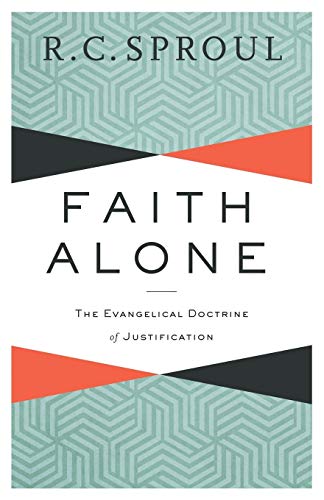‘I Am’ in John’s Gospel: Literary Function, Background and Theological Implications (JSNTS 124)
Written by D.M. Ball Reviewed By Thomas R. HatinaThis revised dissertation under the supervision of Andrew Lincoln at the University of Sheffield attempts to offer a fresh approach to understanding the ‘I am’ sayings within the framework of John’s narrative. The impetus for the study was Ball’s dissatisfaction with prior investigations—notably that of E. Schweizer—which tended to draw a sharp distinction between the ‘I am’ sayings without an image and those with an image. The problem with this distinction, according to Ball, is that the former group of sayings was commonly paralleled with the OT and Judaism, while the latter group was paralleled with Mandaism. Ball’s main point of contention is methodological. He maintains that prior studies assume that the key to uncovering the background within which the ‘I am’ sayings can be understood lies strictly in the form of the sayings. This approach, according to Ball, is inconclusive since it does not take into account John’s narrative within which the sayings function. Ball reverses the conventional order of analysis by examining the ‘I am’ sayings within John’s narrative prior to searching for parallels outside the Gospel. The search for the appropriate background of each saying, therefore, incorporates an accompanied conceptual framework.
The book is divided into four parts. The first part surveys prior studies of the background of the ‘I am’ sayings, while the second part is a literary analysis of the ‘I am’ sayings in John’s narrative. Here, Ball discusses a variety of literary categories observed in John, such as characterization, irony and point of view. Each of the ‘I am’ sayings is then subjected to a literary analysis in a formalist manner. Ball tries to show that the ‘I am’ sayings are central to the episodes in which they occur. In the third part Ball investigates the background of the ‘I am’ sayings. Like his predecessors, he divides the sayings into two groups: those without an image and those with an image. Ball notices that the former group functions to describe Jesus’ identity, whereas the latter functions to describe Jesus’ role. Unlike his predecessors, however, Ball concludes that the background to all the sayings is found in the OT, primarily in Second Isaiah. The final part of the book consists of implications. Ball gives brief attention to such issues as the role of Isaiah in John’s narrative, the implied audience and John’s Christology.
Overall, the study is well written and organized. The only difficulty I encountered regarding the structure is the dependency of the second section (literary analysis) upon the third (historical background). In the literary section, Ball often refers the reader to the subsequent section for the development of his argument, which results in a minor disjunction of thought.
Several comments can be made regarding the content of the study. First, although Ball is convincing in viewing the OT as the background to many of the ‘I am’ sayings, more could have been said about the relevance of the OT’s interpretative traditions. This omission left me wondering whether much of the Jewish non-canonical corpus was ever consulted. Second, more could have been said about John’s interpretative strategy—was it atomistic or was it faithful to the ‘original’ context? Third, given the importance of comparative analysis for this study, it would have been helpful to include a set of criteria which govern the validity of both dictional and conceptual parallels. And fourth, although Ball’s order of inquiry (i.e. literary analysis followed by historical background) has commendable features, it should be noted that a strong interdependence exists between the two. Both analyses inform each other. I am not convinced that either one should necessarily take the prior position. The important point is that both analyses receive equal treatment.
Thomas R. Hatina
Trinity Western University, Langley, B.C., Canada






